Display this grammar poster in your classroom to help students choose appropriate coordinating conjunctions using the acronym FANBOYS.
Introducing the FANBOYS Acronym
Help students remember the seven coordinating conjunctions in the English language with an easy mnemonic poster mounted on your classroom wall! Coordinating conjunctions connect words, phrases or clauses of equal grammatical importance in a sentence, and these short words of just two or three letters all help our students as they learn to create more complex sentences. FANBOYS is a simple memory aid that provides a reminder of each of the seven coordinating conjunctions students can use in their writing.
This printable poster includes all seven coordinating conjunctions, set up in a vertical format with the FANBOYS acronym at the start:
- For
- And
- Nor
- But
- Or
- Yet
- So
How to Use the 7 Coordinating Conjunctions
Looking to provide some examples of how to use each of the seven words in FANBOYS? Here’s a quick guide from our teacher team!
- For — This word is used to introduce the reason or purpose for something.
- Example — Santos asked his mom for a video game.
- And — Students can use this coordinating conjunction to join two or more similar elements together.
- Example — Jimena likes to read books and watch movies.
- Nor — This conjunction isn’t seen as often as some of the others on the list, but it’s used to indicate that a second negative clause follows the first one.
- Example — Taylor didn’t study for the exam, nor did he attend the review sessions.
- But — This coordinating conjunction is often used to indicate contrast or exception.
- Example — Nasrine is a great student, but she doesn’t always pay attention in class.
- Or — This is another coordination conjunction used to indicate alternatives.
- Example — Would you like to play kickball at recess or talk with your friends?
- Yet — Like but, this word is often used to indicate contrast or exception.
- Example — She is smart, yet she often makes careless mistakes.
- So — The last conjunction in the FANBOYS list is used to indicate consequence or result.
- Example — Bailey studied hard, so she got a good grade.
Teach your primary students that these coordinating conjunctions are special words that help connect words, phrases, or sentences in a sentence, making the sentence more interesting and clear. They join things together, like building blocks.
You can teach your students that these words are called the FANBOYS, which makes it easier to remember them when learning about conjunctions. It’s a fun way to help them remember these important words that make their writing better and sentences more interesting!
More Conjunctions Teaching Resources for Your Classroom:
[resource:3018082] [resource:3008794] [resource:4376124]
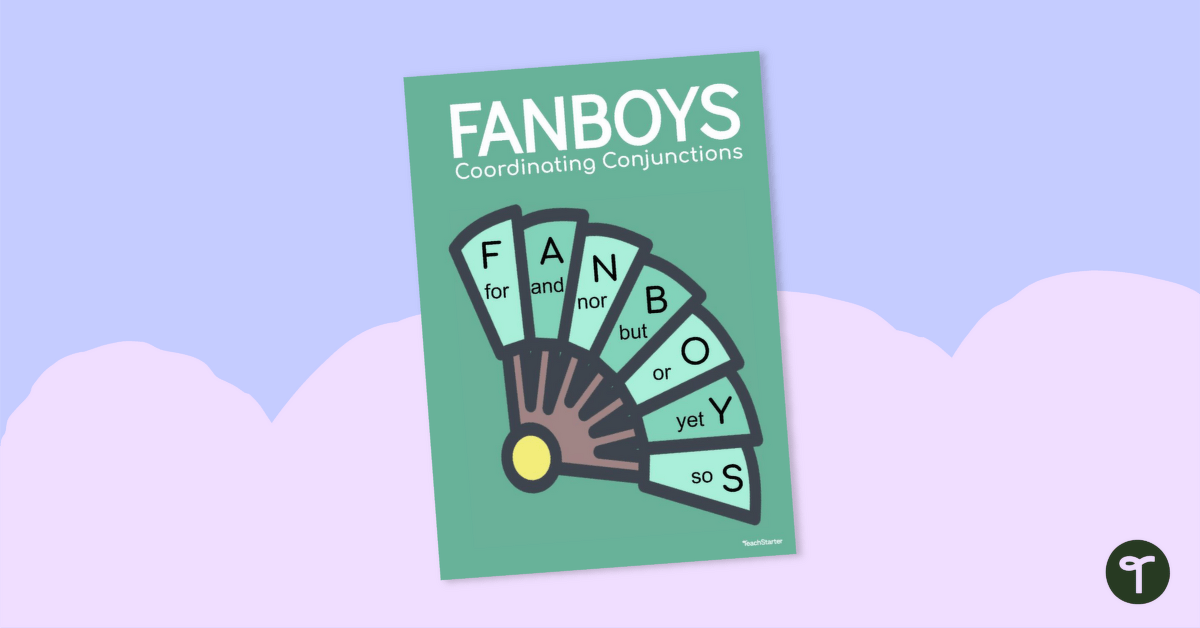


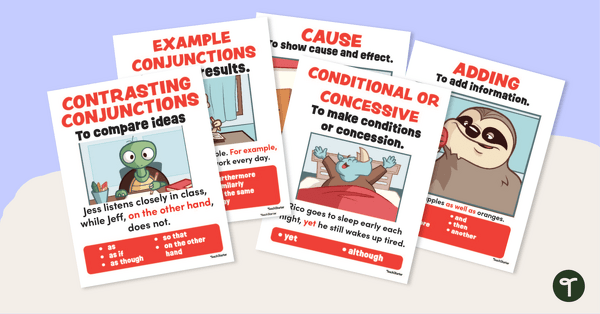
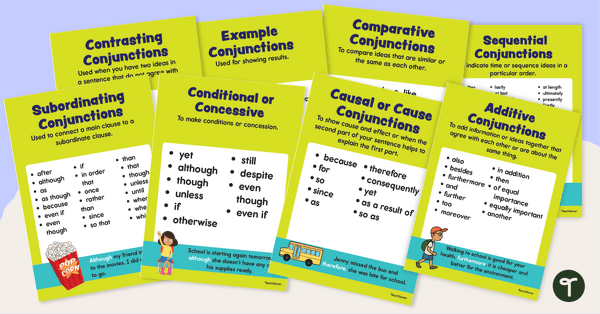
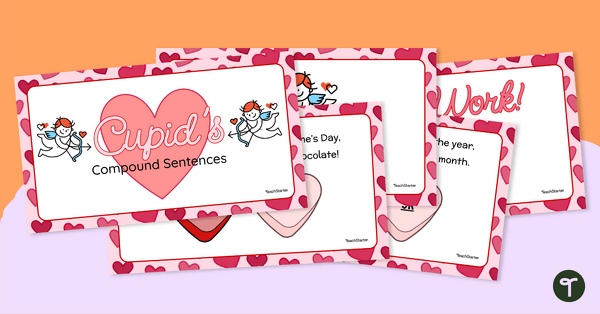
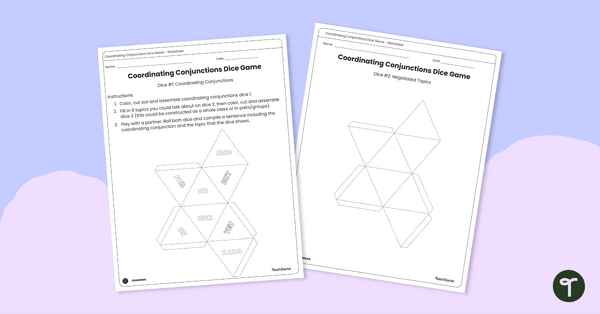
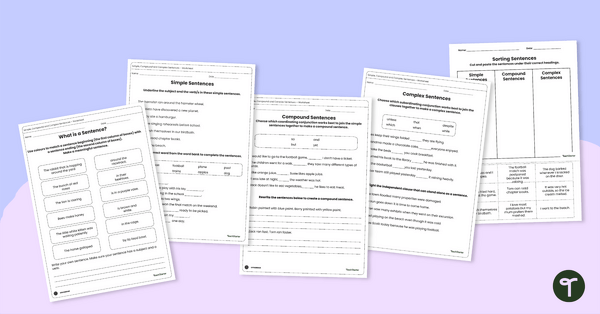

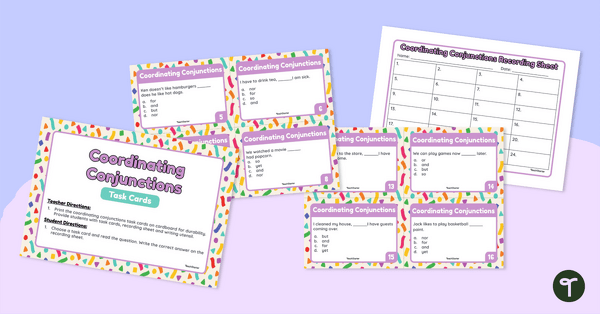
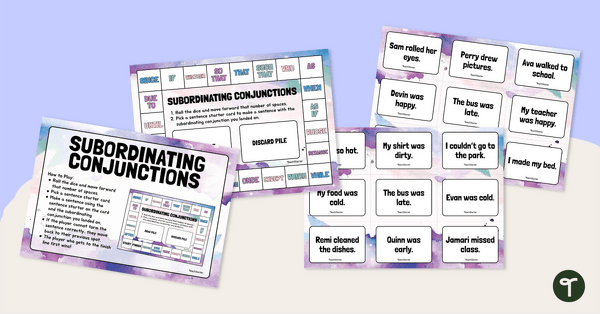

0 Comments
Write a review to help other teachers and parents like yourself. If you'd like to request a change to this resource, or report an error, select the corresponding tab above.